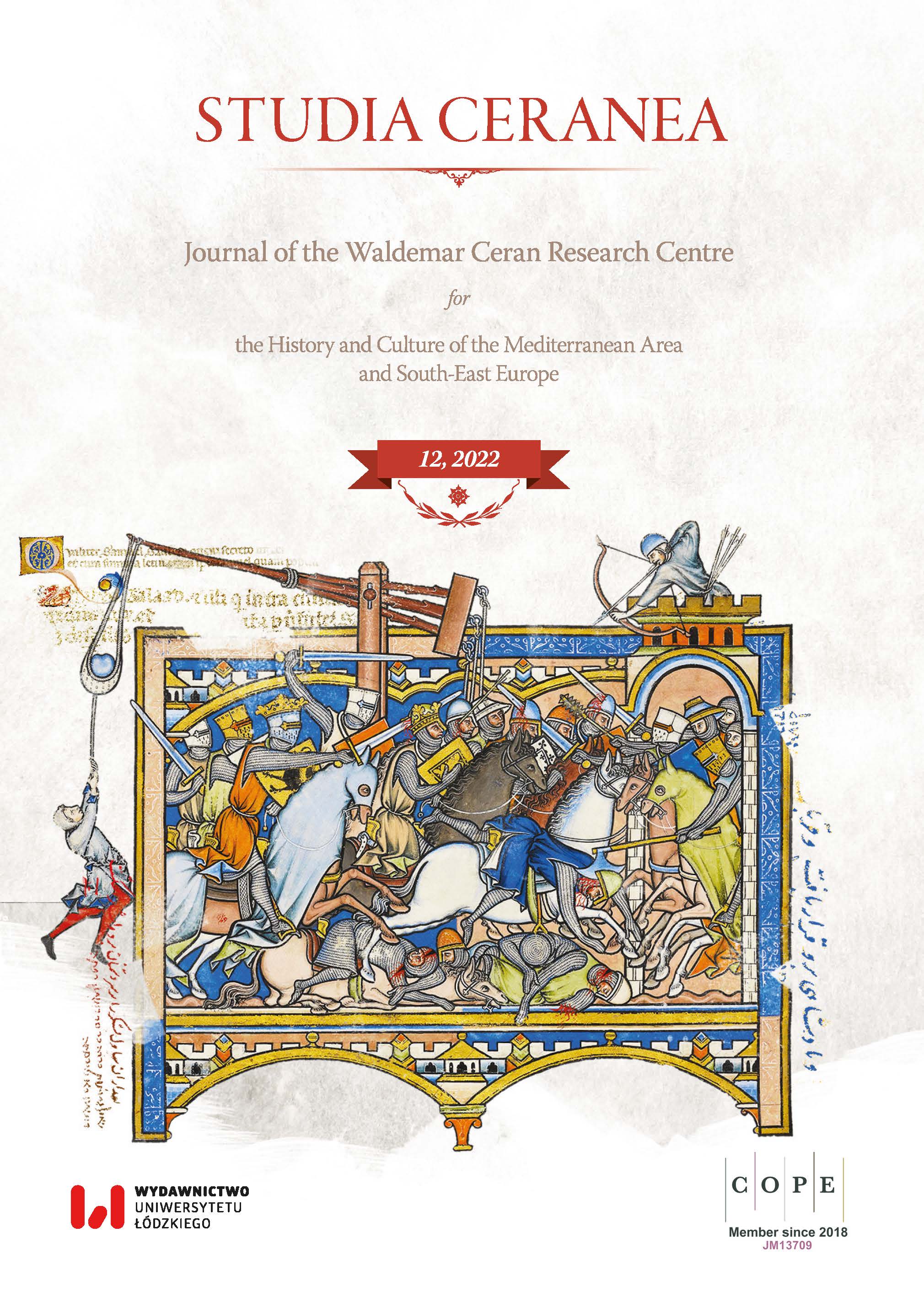The Violation of Christian Graves in the Light of Eusebius’s Ecclesiastical History VIII, 6, 6–7
The Violation of Christian Graves in the Light of Eusebius’s Ecclesiastical History VIII, 6, 6–7
Author(s): Izabela LeraczykSubject(s): History, Theology and Religion
Published by: Wydawnictwo Uniwersytetu Łódzkiego
Keywords: Eusebius; Nicomedia; incendium; status of the grave; exhumation of the body
Summary/Abstract: The main focus of the article are the reasons and circumstances behind the desecration of the graves of the Christians in Nicomedia in the year 303, as presented in Eusebius’s account. A short time before that, another wave of persecutions directed at Christians had begun there on the order of Emperor Diocletian. When a fire broke out in the imperial palace, Christians were named as responsible for setting the fire (incendium). After they had been sentences to the death penalty, they were executed by beheading with a sword (decapitatio), burning alive (crematio, vivicomburium) or drowning. However, as we can read in the Ecclesiastical History, the repression did not end there, as it was decided that the bodies of the convicts were to be exhumed and thrown into the sea. The current article aims at analyzing the above events from the perspective of regulations and customs observed by the Romans with reference to convicts and their bodies. Moreover, while rejecting Eusebius’s claim that the desecration of the graves was dictated by the fear that the burial ground of the martyrs might lead to the development of their cult, the article analyzes the possible motives for attempting to eradicate all the traces of the executed Christians on the side of the Roman authorities. With the aid of Lactantius’s account, the article discusses, among others, the concept of treating Christians as enemies (hostes).
- Issue Year: 2022
- Issue No: 12
- Page Range: 667-688
- Page Count: 22
- Language: English

